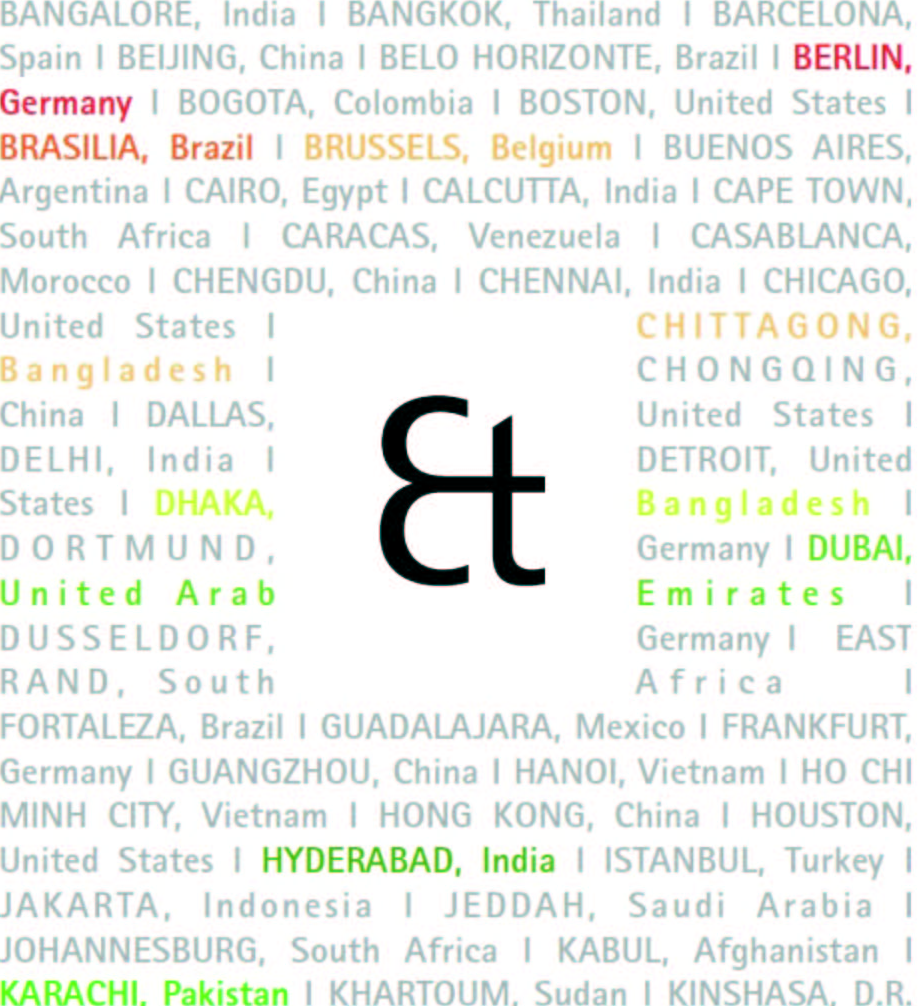
Aim
There is perhaps nothing on the planet that demonstrates the impact of urbanization as markedly as the need for Affordable Housing. From 2000 to 2010, an estimated 6 million people per year were added to the world’s urban slum population, out of a total 58 million new urban dwellers per year in the developing world (UN-Habitat 2010b).
There is plenty of evidence that most urbanization in developing countries takes place outside of any plan or official regulations. The reasons include unaffordable housing in well-regulated areas, rural to-urban and transnational migration, and the mismatch in institutional capacity to manage the growth of urban centers and economies.
In Africa, Asia, and Latin America, hundreds of millions of people live in sub-par conditions, dealing with problems such as overcrowding, insecure tenure and inadequate provision of water, sanitation, health, electricity, and other services. This is particularly true in informal settlements, which comprise up to 50 percent of the urban populations in some developing-country cities. (WoB, Building Sustainability in an urbanizing world.)
McKinsey estimates that 330 million urban households around the world live in substandard housing or are financially stretched by housing costs. Some 200 million households in the developing world live in slums. To replace today’s substandard housing and build additional units needed by 2025 would require an investment of $9 trillion to $11 trillion for construction.
We identify four ways to reduce the cost of delivering affordable housing by 20 to 50 percent: unlock land at the right location, reduce construction costs through value engineering and industrial approaches (the most important lever), increase operations and maintenance efficiency, and reduce financing costs for buyers and developers.
Industrialized Affordable housing is an overlooked opportunity for developers, investors, and financial institutions. Building units for 106 million more poor urban households by 2025 could require more than $1.2 trillion a year.
The affordable housing challenge has been complicated by the limitations of the global construction industry. Simply put, it costs too much and takes too long to build housing, restricting supply of affordable housing and contributing to the growing affordable housing gap. Fortunately, there is significant room for improvement in the construction industry, and there are clear ways to achieve it. While manufacturing and other industries have raised productivity steadily in the past few decades, construction productivity has remained flat or is down in most countries. In many places, residential housing is built in the same ways it was 50 years ago.
By using value engineering and especially an industrial approach to home building (standardizing design elements and using prefabricated component manufactured off-site, for example), and by adopting efficient procurement methods and other process improvements, project delivery costs can be reduced by about 30 percent and completion schedules can be shortened by about 40 percent.
In addition to absorbing the very latest in best practice developments in both Industrialized Affordable Housing and urban design from around the world, this conference will directly embrace numerous affordable and urban neighborhoods in developing countries that have become iconic in their own right.
Conferences

- IAH'2017, May 31 - June 2, 2017, Polish Academy of Sciences, Warsaw, Poland.
 Text Format
Text Format  Pdf Format - not yet linked
Pdf Format - not yet linked











